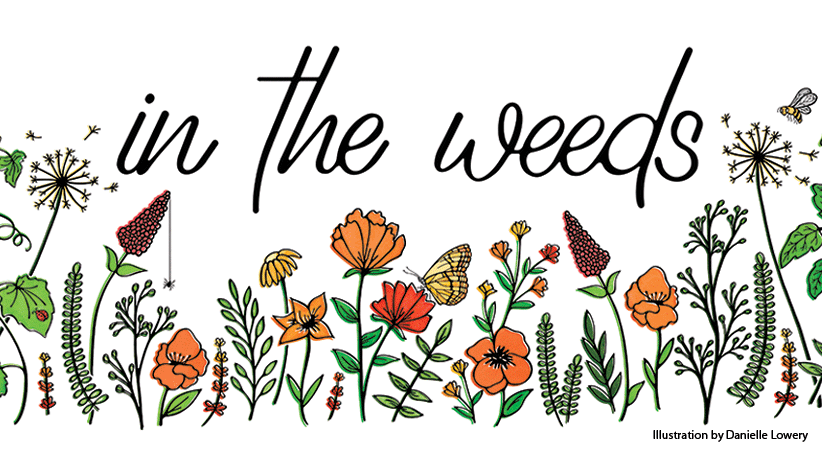Scale down with small flowering shrubs
There is a time in life for big gardens, when we’re possessed with boundless energy to maintain billowing perennial gardens and a quarter-acre vegetable plot that produces enough food for the whole neighborhood. But if you are just starting out and you’re gardening on a balcony three floors up, or if you’ve downsized to a smaller home, you can still create a beautiful outdoor living space using dwarf shrubs.
Small done right
When designed thoughtfully, a small-space garden can be just as visually appealing and emotionally gratifying as an expansive yard. There is no need to sacrifice your favorite shrubs, like roses and lilacs. You just need to choose the right-sized varieties to fit the scale of the space. A short hedge or even an urn of flowering shrubs might be just what you need to make your patio feel more like “home.”
Garden Tools You Might Also Like:
Metal Garden Hose
Small Wheeled Garden Cart
Hand Pruner/Shears
Make every inch count
A key to getting the most out of any space — but especially a small one — is to choose plants with a dual purpose. Peach Sorbet blueberries produce delicious fruit but can also double as a border hedge or a patio plant with stunning fall color. Seaside Serenade hydrangeas are delightful garden specimens but will also provide you with long-lasting bouquets.
You Might Also Like:
Prune Spring Flowering Shrubs for More Flowers
Deer-Resistant Shrubs
A Cozy, Small-Space Garden
Small flowering shrubs for your garden
It is perfectly fine to be selective when curating a plant palette for a small space. If the large shrubs you’ve seen at local nurseries seem overwhelming for your garden, look for the varieties you see here.




























